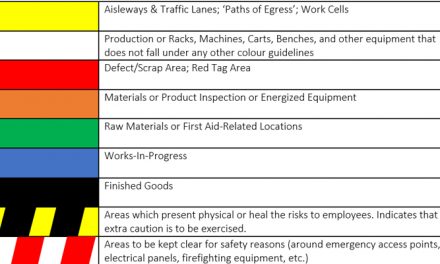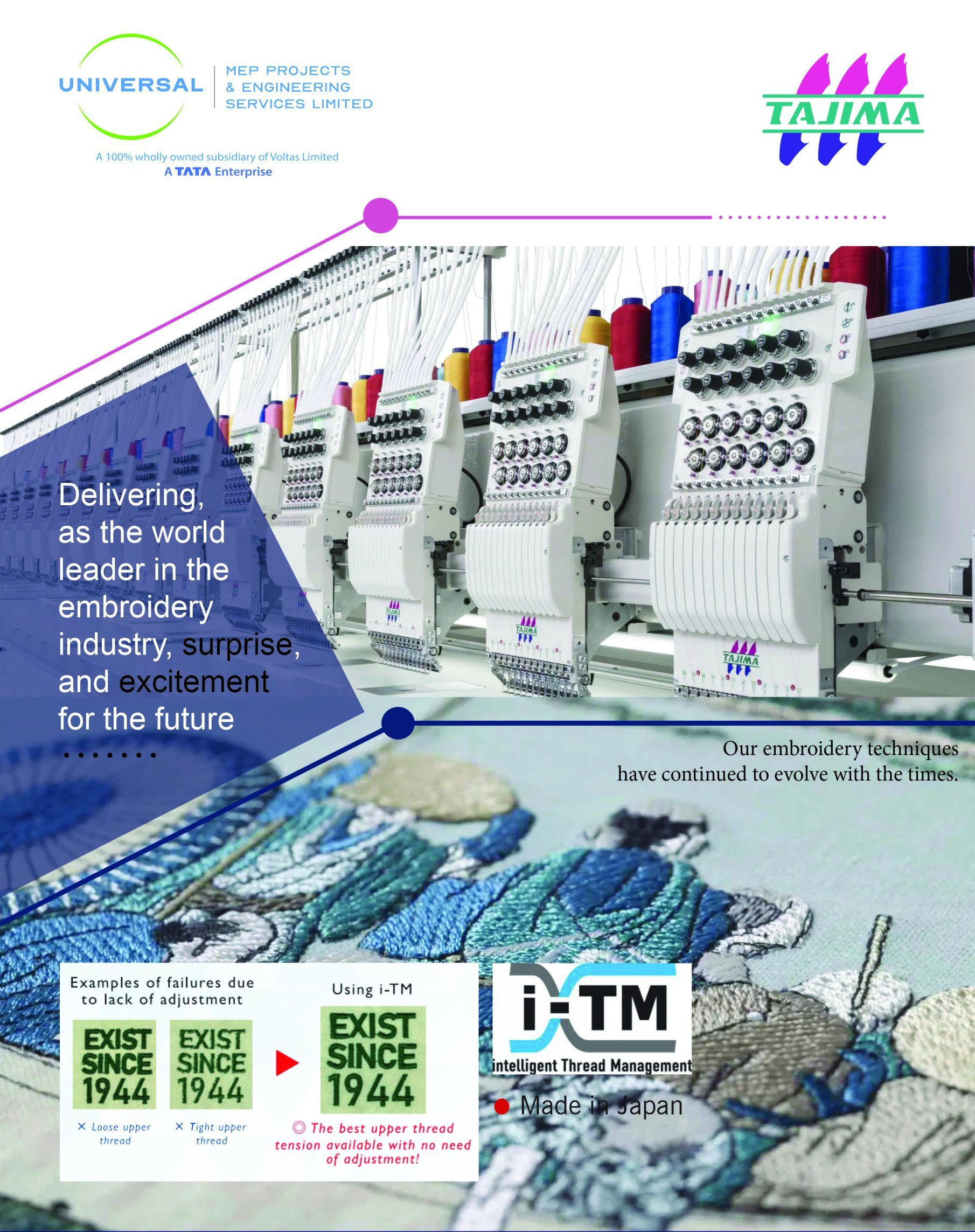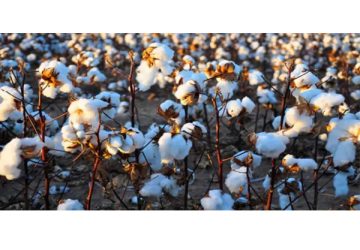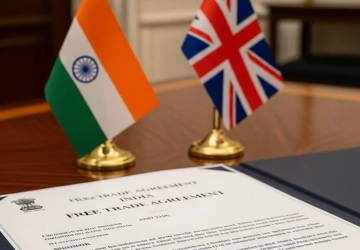
From the pashminas of Kashmir and kanjeevaram silks of Tamil Nadu to the cotton bandhanis of Gujarat and muslins of Bengal, India’s textile heritage is as rich and varied as its cultural landscape. But beyond heritage, the textiles and apparel industry is a significant contributor to India’s economy. It provides direct employment to over 45 million people and supports the livelihoods of over 100 million individuals indirectly, including many women and rural workers, making it one of the country’s largest job creators.
India’s textile ecosystem reflects a powerful duality, where centuries-old handloom traditions coexist with modern apparel manufacturing that serves global fashion supply chains. The apparel segment has a strong export growth. For the entire fiscal year 2024 25, India’s textile and apparel exports totaled $36.61 billion, marking a 6.32% increase from the previous year’s $34.43 billion. Within this, apparel exports rose by 10.03% to $15.99 billion, while textile exports grew by 3.61% to $20.62 billion, reflecting robust demand from global markets like the US and UK.
As the sector navigates a fast-changing global landscape, public policy and regulatory frameworks become critical. Forward-looking government interventions – whether through infrastructure investments, trade facilitation, or incentives for innovation and sustainability – can help integrate traditional strengths with current trends.
Infrastructure Development
Infrastructure development has enhanced the competitiveness of India’s textile sector. Investments in roads, ports, and power supply have streamlined logistics, enabling faster delivery to global markets. Launched in 2021, the PM Gati Shakti National Master Plan aims to slash logistics costs from 13–14% of GDP to around 8%. Early gains are visible: direct port delivery initiatives have reportedly saved customers between Rs. 8,000–Rs. 20,000 and cut delivery times by 4–5 days. In March 2025, Indian Railways commissioned 97 Gati Shakti Multi-Modal Cargo Terminals (GCTs), with 277 more approvals in progress.
Complementing this, the PM MITRA Park Scheme envisions seven world-class integrated textile parks, consolidating the entire textile value chain in one location. Each park is expected to generate around 100,000 direct and 200,000 indirect jobs, creating hubs of efficiency and export readiness.
India’s commitment to logistics and reform is gaining global recognition. According to the World Bank’s Logistics Performance Index (LPI) 2023, India improved its rank from 44th in 2018 to 38th, driven by better infrastructure, streamlined customs, and cargo facilitation. Initiatives like digitized customs processes, faceless assessments, and the ICEGATE e-filing platform have reduced cargo dwell times and improved predictability for exporters.
Combined with Ease of Doing Business reforms, India’s infrastructure and regulatory upgrades now position its textile sector to compete more effectively with regional heavyweights. Compared to competitors like Bangladesh-where favourable business environments have long supported textiles apparel exports-India’s reform trajectory is crucial to sustaining competitiveness.
Way Forward
Recent shifts in global trade policy have opened a temporary window of opportunity for India’s textile and apparel exporters. With tariffs on key competitors rising and India’s market access relatively favorable, global buyers are showing renewed interest. But without long-term agreements in place, this advantage could prove short-lived.
The U.S. remains India’s largest export destination for textiles and apparel, accounting for over $10 billion annually, or nearly a third of total outbound trade. To convert today’s short-term opening into long-term gains, India must move decisively on four fronts:
• First, turbocharge production capabilities. The world’s biggest buyers are looking for scale, speed, and quality. India’s factories must modernize adopting advanced technologies, streamlining operations, and raising quality benchmarks to meet global standards
• Second, strengthen trade diplomacy. It’s time for India’s industry leaders and policymakers to step up engagement with U.S. trade officials, pushing for sector-specific concessions or fast-tracked agreements that lock in preferential market access
• Third, diversify offerings. U.S. consumers are shifting toward technical textiles, athleisure, and sustainable fashion. India must quickly broaden its product portfolios to meet these evolving tastes or risk being pigeonholed in legacy categories
• Fourth, lead with sustainability. It is no longer a niche trend – it’s mainstream and necessary. Indian exporters who embed sustainability into their products and supply chains-and secure the right certifications-will be far better positioned to win contracts and loyalty in the U.S. market
The clock is ticking. This isn’t just a chance to grow exports-it’s a chance to redefine India’s global position in the textile and apparel supply chain. Targeted action now can turn a temporary tariff advantage into a lasting, strategic dominance.
Jalandhar D. Giri, Director, Shahi Exports
















